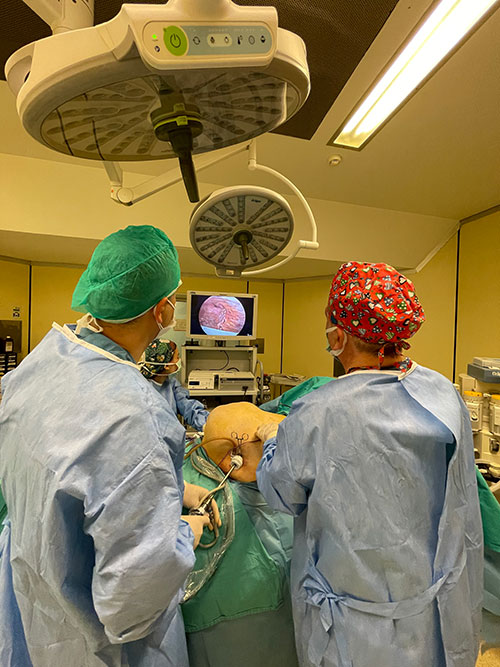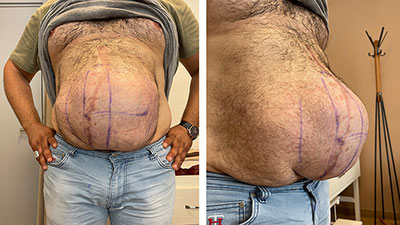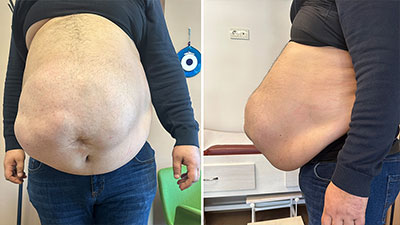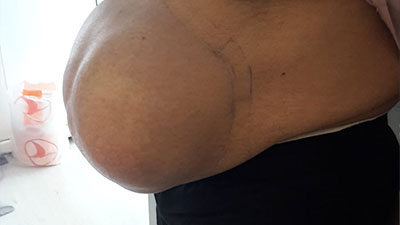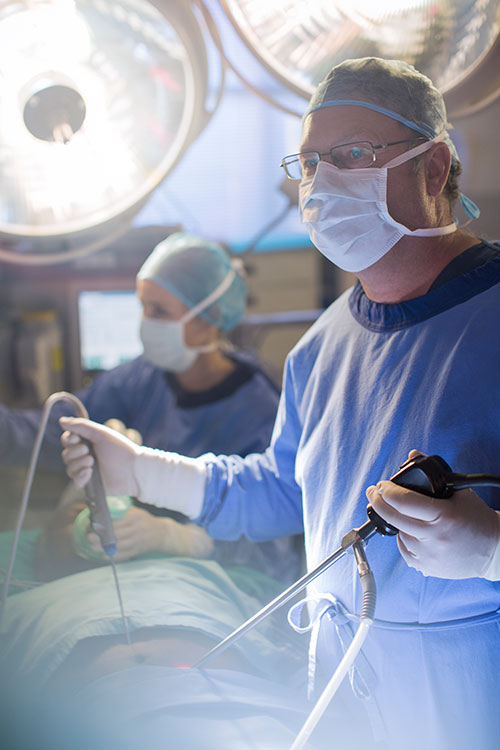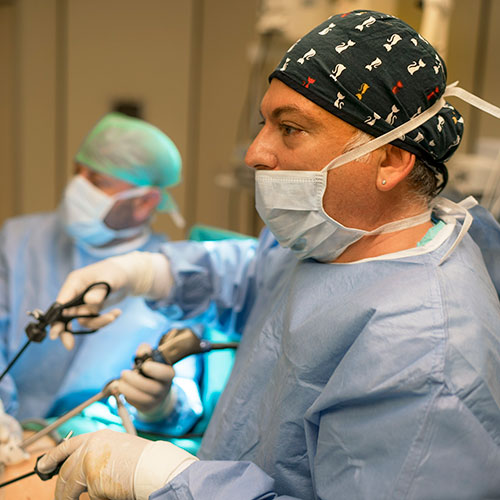The primary reason why the only solution for abdominal wall hernias is surgical repair is that the condition itself is physical, and its resolution requires physically correcting the defect. Hernias involve the protrusion of internal organs through a weakened spot in the abdominal wall. This physical breach cannot effectively be treated through non-surgical means such as medication or lifestyle changes, as these methods do not mend the underlying structural anomaly.
Therefore, surgical intervention is necessary to physically patch the defect and reinforce the abdominal wall. This approach prevents the internal organs from continuing to protrude, which not only alleviates symptoms but also significantly reduces the risk of serious complications, such as strangulation of the herniated organs. Without such intervention, there is no other method to permanently prevent the organs from herniating through the abdominal wall.
